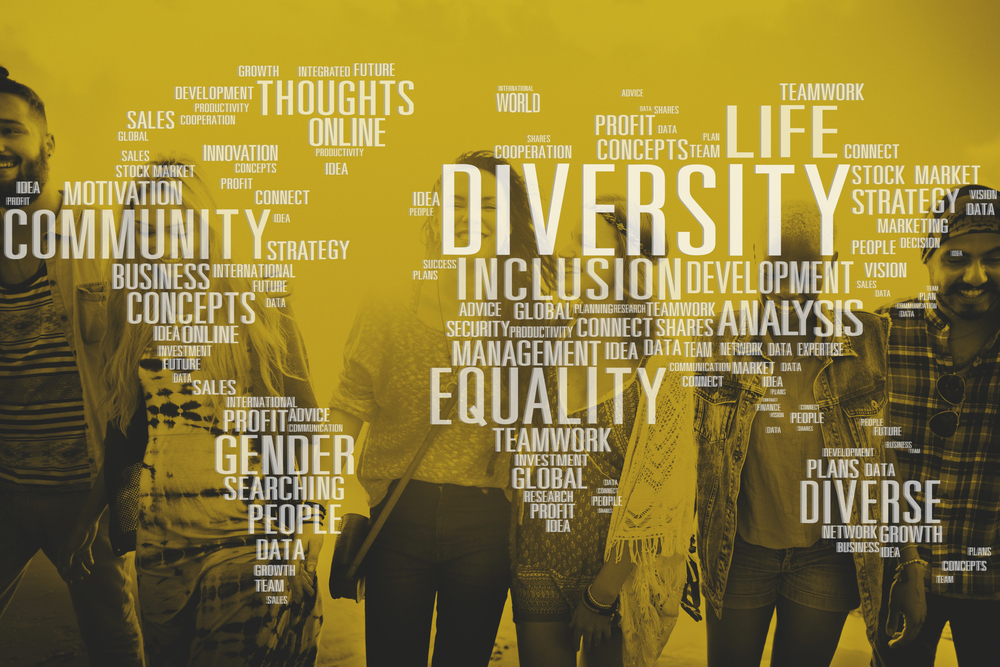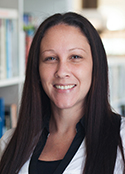2020 has been quite the year! We are living through a global pandemic and one of the biggest social justice movements of our lifetimes.

As the Black Lives Matter movement continues to make headlines across the nation pushing for social justice and equity, there is an even greater call for employers in all industries to be more diverse and inclusive.
Case in Point
As the Human Resources (HR) Director at FXCollaborative, an award-winning architectural design firm in New York City, my role over the past few years has increasingly focused on our efforts to make a variety of recruiting and equity-focused improvements both within our firm and in the design/construction industry.
How can we change if we don’t dig down a bit more? While our leadership is supportive and we are committed to real and positive change, implementing that change goes beyond crafting new HR policies; it is a holistic, firmwide process.
First, staff concerns need to be listened to. At FXCollaborative, this took the form of open-forum discussions facilitated by our employee resource groups (ERGs)—voluntary, employee-led, and firm-recognized affinity groups—that led to frank discussions about discrimination and pay equity, which were, at times, brutally honest and uncomfortable.
However, this direct feedback was necessary for leadership to recognize that firmwide training from external professionals was a critical element that would be worth the investment. Our focus then shifted beyond the baseline of tolerance to deliberate, conscious actions toward diversity, equity, and inclusion and set us on a path to be more proactive.
Looking Inward
Last year, we mandated an unconscious/implicit bias training session for all employees, which has proven highly successful. In these sessions, employees were able to realize that biases have an impact, and everyone walked away with greater empathy for each other.
By having all staff undergo this training and face these uncomfortable issues together, we as a firm have been able to progress with greater awareness and sensitivity, which has further strengthened our firm culture. The training also put a HUGE spotlight on biases that play a major role in how we operate as a firm. One of the major takeaways was that we needed to recruit differently. But the question was how.
Like many professions, architecture has historically been a white, male-dominated field. Yes, we’re based in New York City, one of the most diverse cities in the world, so on its face, it may be difficult to understand the low diversity in our office. However, of all the registered architects in the United States, only 2% are black. So how do we attract some of those architects, as well as other minority and underrepresented architects? And how do we become more diverse if there is a lack of diverse candidates?
For us, that meant making significant, proactive strides to improve our recruiting and improve the pipeline. In the last few years, we have orchestrated specific and targeted outreach initiatives, including efforts to 1) create relationships with a broader range of colleges, 2) offer increased internship opportunities, 3) lead résumé and portfolio workshops, and 4) reorganize our internal hiring selection process.
Rethinking Recruiting
For entry-level employees, we took a more critical look at which colleges and universities our candidates were coming from. Then we made a conscious effort to expand our connections and form relationships with colleges and universities that have a large percentage of minority students, such as historically black colleges and universities (HBCUs) and local New York City and New Jersey schools.
By participating in career fairs, sending our architects to serve as studio critics, and supporting employees who teach design courses at these schools, we have been afforded a larger and more diverse pool of potential candidates.
We also realize that gaining hands-on experience in our profession is often hampered by financial constraints. To help relieve this burden, and to work with the best talent regardless of their financial circumstances, we provide paid internships throughout the year for high school and college students.
In addition to offering housing stipends for all students who live outside the New York City area, we offer “shadowing” experiences for students to visit our office and spend a week with a firm partner. These opportunities have allowed students to get their foot in the door and our firm name on their résumés!
One of my favorite initiatives is our résumé and portfolio workshops. In addition to the standard résumé submission, architectural and design candidates are expected to send in portfolios—typically, a visual selection of their best design work.
In workshops, we share tips on how to prepare effective and compelling materials and offer one-on-one mock interview sessions to provide feedback on how to make a great first impression. The workshops are open to all and are especially targeted to those who may suffer from a lack of exposure to the profession or who have little to no resources available at their respective colleges to assist them.
Hiring the Best
However, finding candidates and preparing students to become candidates are only half the battle. The second half of the challenge is the internal selection process to turn those candidates into employees. For that, you must consider who is making the hiring decisions, and a lack of diversity in this group is problematic.
One of the ways FXCollaborative is addressing unconscious bias is by changing the application process. First implemented for our summer 2019 internship program, instead of having firm leadership select the interns (as in previous years), we opened the review process to a full range of team members at different levels and with more diverse backgrounds—people who would be working directly with the interns if hired.
Another critical aspect of our revamped hiring process included the HR department’s manual deletion of all information that might identify a candidate’s ethnic background—including names, photos, school, and organizational affiliations—from cover letters, résumés, and portfolios.
The goal was to ensure that applicants are judged solely on the quality of their work and to acknowledge that we all have preconceived notions that may unintentionally sway us toward certain universities or to candidates with similar backgrounds to our own. Only after these redactions were made were the materials reviewed by the selection committee.
This new process has been a huge success. The very first year it was implemented, we had the most diverse group of interns ever—eight out of the nine chosen were members of minority groups. We are now in the process of researching digital methods to more easily facilitate the removal of select information, and my ultimate goal is to use this blind résumé review process for all of our hiring!
Be the Change
FXCollaborative is committed to diversity, equity, and inclusion initiatives, and while I am proud of what we have accomplished, we must continue to diversify our firm and the industry. The three components of diversity, equity, and inclusion overlap and must constantly be assessed, adjusted, and redefined.
In my role as HR Director, it is my responsibility to ensure that staff concerns are heard, that our policies facilitate an equitable and inclusive environment, and that we recruit the best people to push our firm forward. To be truly successful, a business must put effort into all three and recognize that achieving diversity is more than just checking a few boxes.

Shannon Rodriguez, LEED GA, is a Human Resources Director at FXCollaborative, an architecture, interiors, and planning design firm based in New York City. With over 15 years of experience, she is responsible for performance management, mentoring and training programs, employee relations, recruiting, staffing, and benefits administration.
Rodriguez is also responsible for the firm’s internship program, providing opportunities to students from diverse backgrounds, and has been instrumental in establishing FXCollaborative’s diversity, equity, and inclusion initiatives.
As a member of the AIA Large Firm Round Table, Rodriguez takes part in cross-industry dialogue about the future of architecture, delving into the nuts and bolts of benefits as well as affirmative action and recruiting. Rodriguez is an advocate for all employees to foster and strengthen our community of vibrant and diverse voices.
